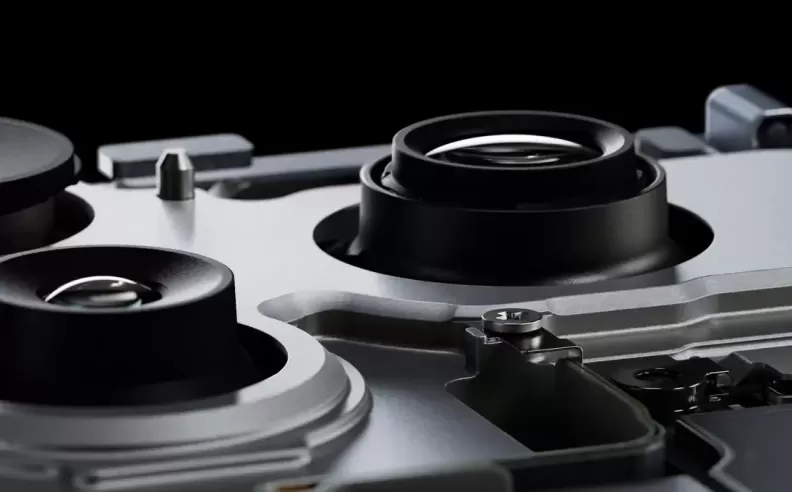
Buying the latest iPhone 17 Pro Max for over $1,200 might make anyone wonder what’s the real cost behind this device? Recent reports reveal a surprising truth: the phone’s actual value isn’t in the metal or glass, but in the innovation and precision that bring it to life.

According to industry data, the total cost of the phone’s components is around $408, despite its retail price of $1,199. The most expensive parts include the A19 Pro chip and 5G modem, each costing roughly $90. The Pro Max display and camera setup come next at about $80 each, while the aluminum frame costs $20.79, and the battery just $4.10. These figures highlight how little the raw materials represent compared to the final price tag.

That price difference comes from everything surrounding the hardware research and development, precision manufacturing, shipping, marketing, retail margins, and of course, Apple’s profit. Unlike many competitors, Apple relies heavily on hardware sales, as its software generates minimal direct revenue. Every stage of production and distribution adds value, ensuring that what you pay reflects not just a product, but a perfected process.

The real worth of an iPhone isn’t in its parts it’s in the experience. Apple blends design, performance, and service into one seamless ecosystem. The flawless user interface, tight hardware-software integration, and premium after-sales support make it more than a device it’s a lifestyle symbol. Every detail is crafted to make the iPhone feel effortless, powerful, and distinctly refined.
So, while the numbers suggest the iPhone costs far less to build, its true value lies in the art of innovation the kind that transforms ordinary technology into a global icon of modern luxury.

Started my career in Automotive Journalism in 2015. Even though I'm a pharmacist, hanging around cars all the time has created a passion for the automotive industry since day 1.


